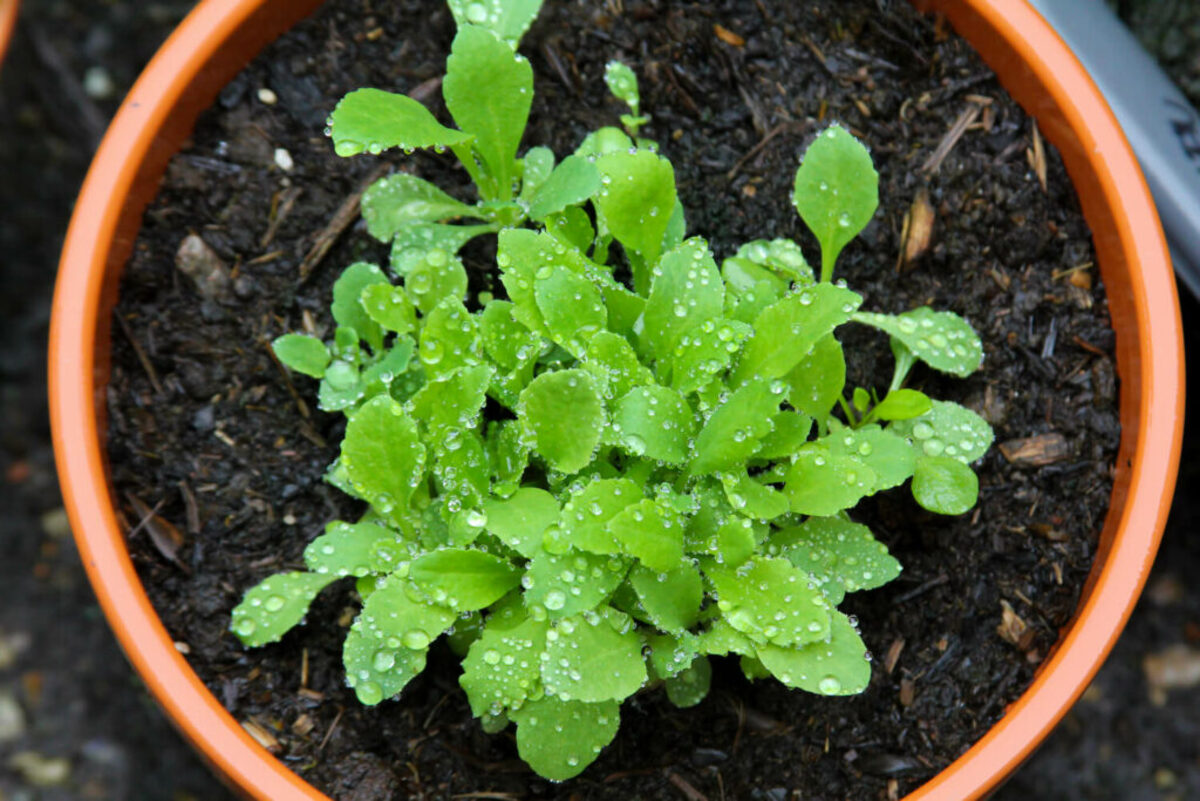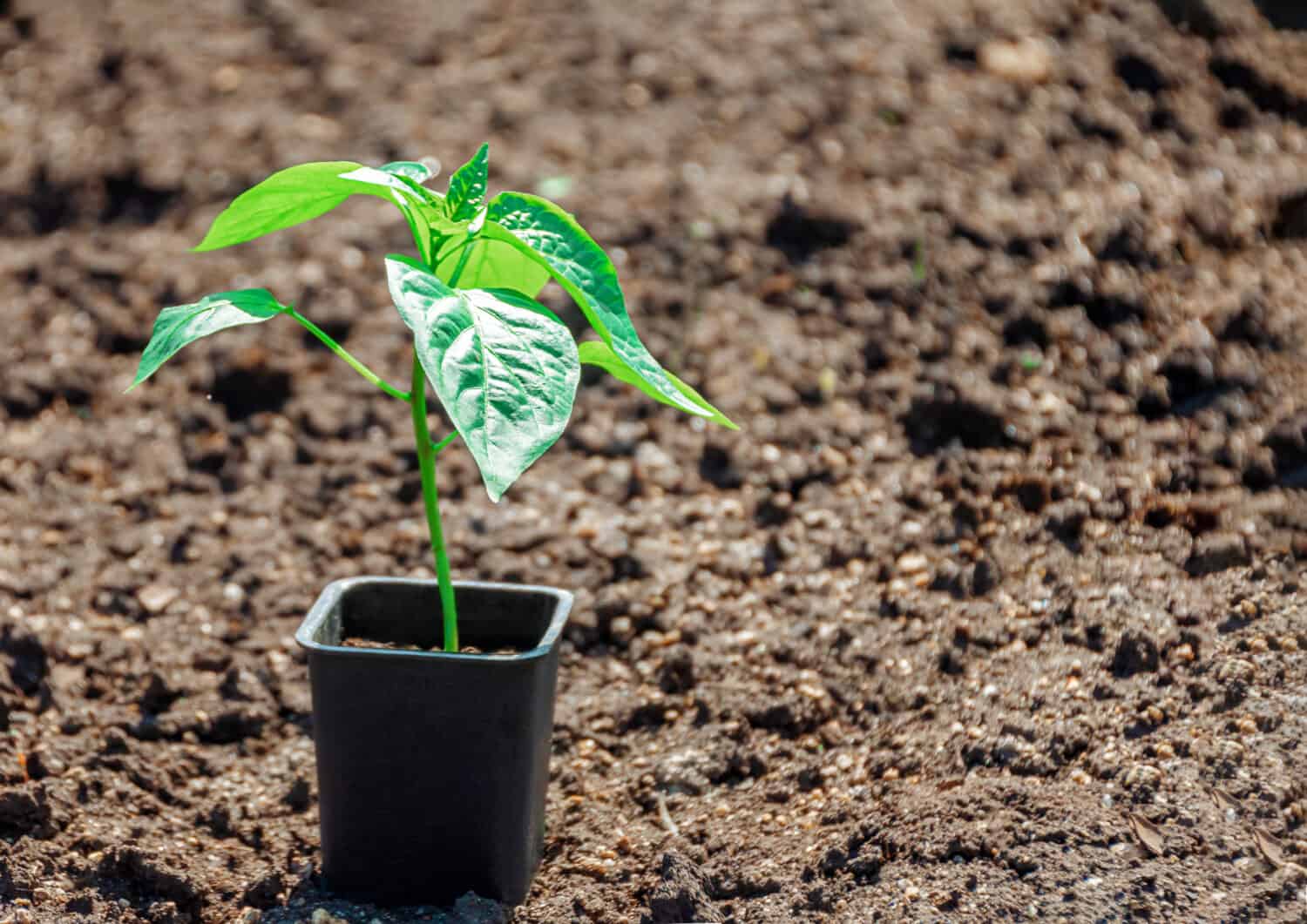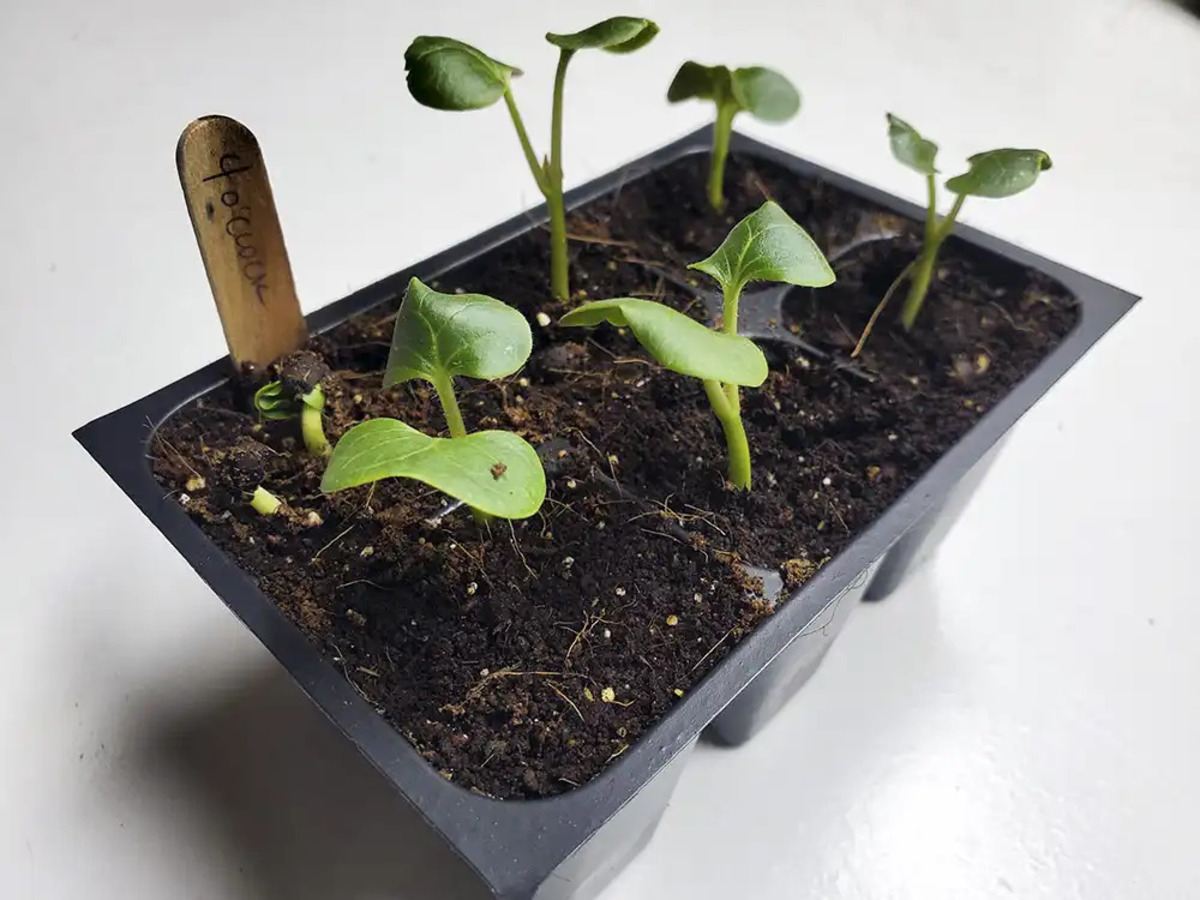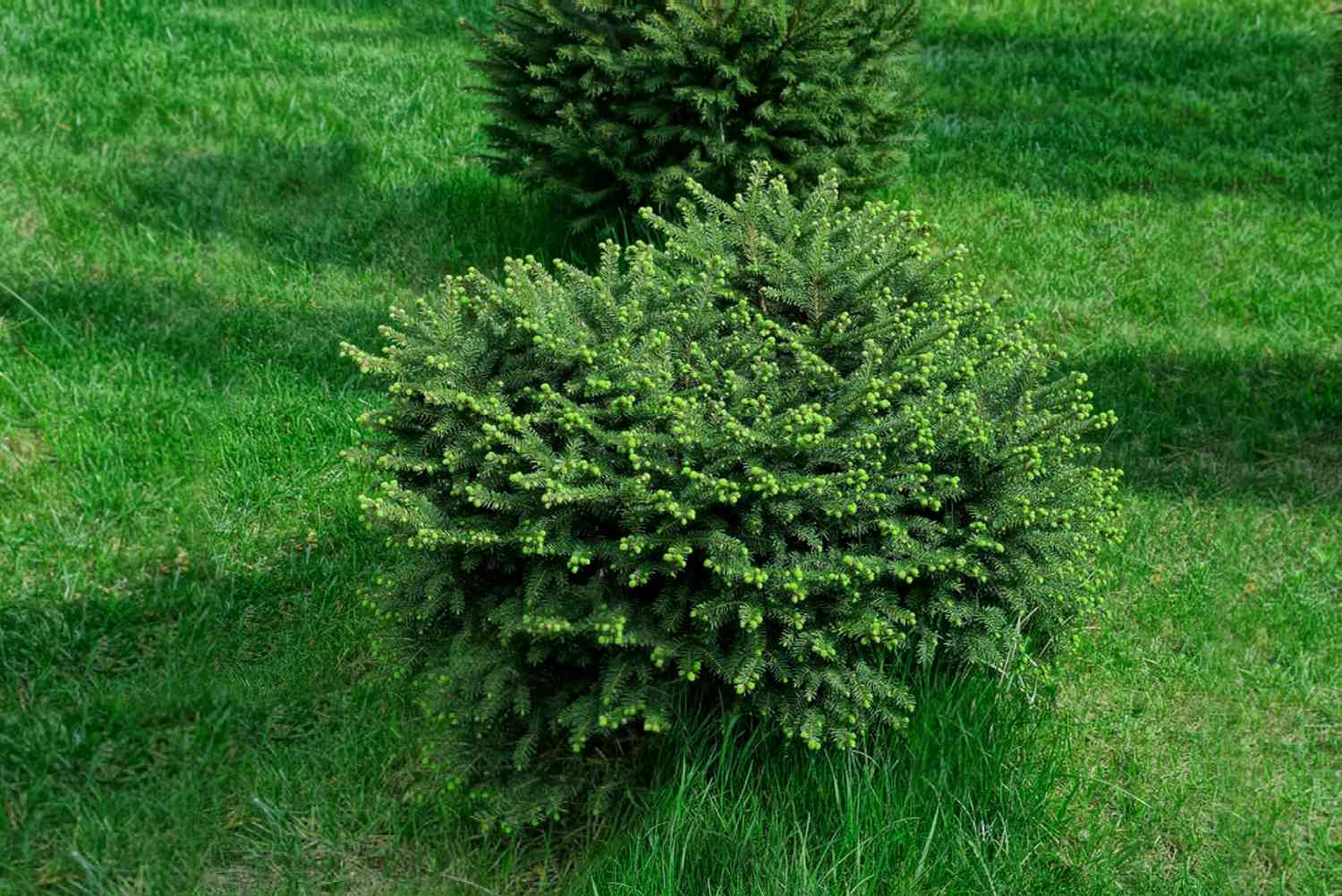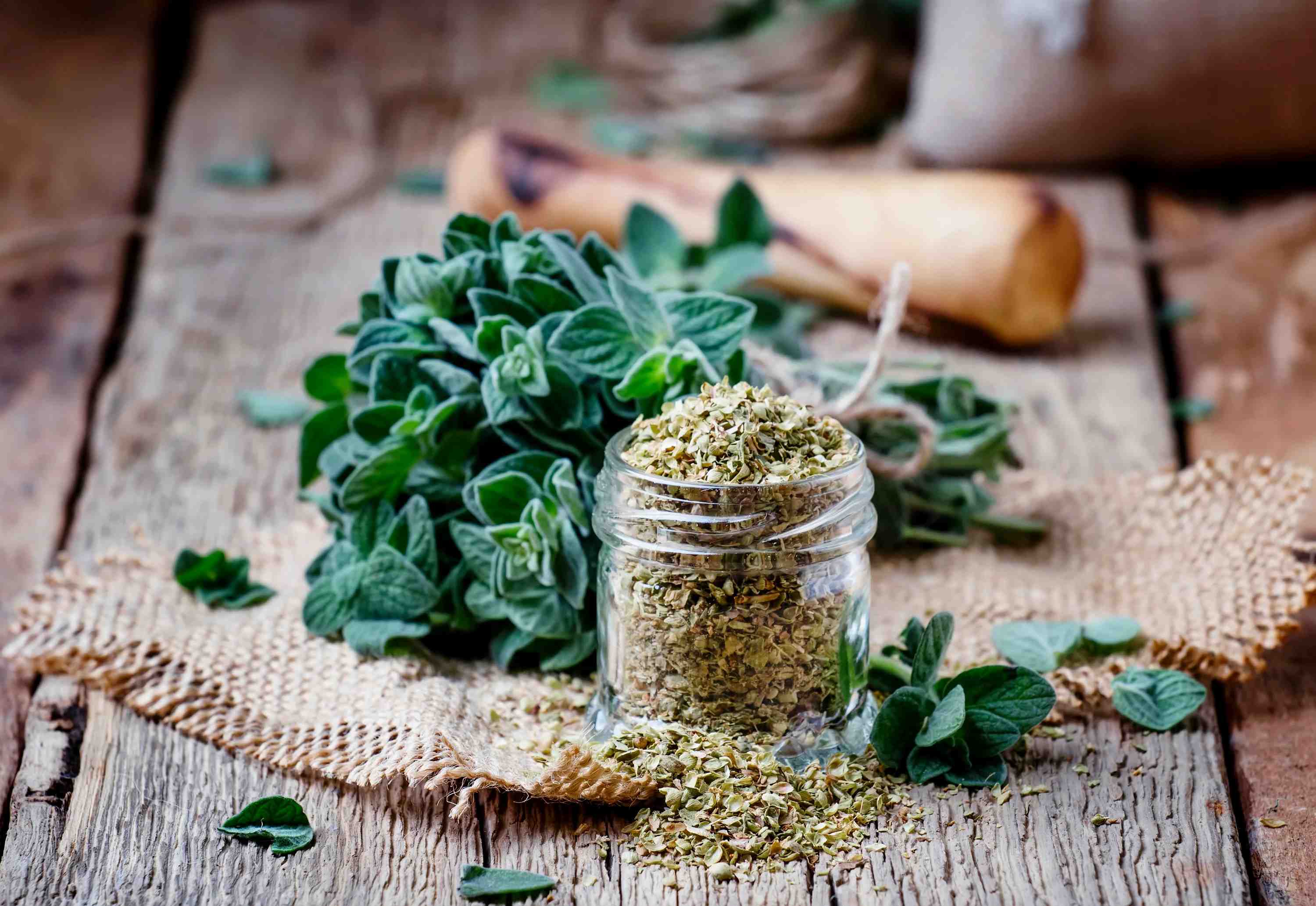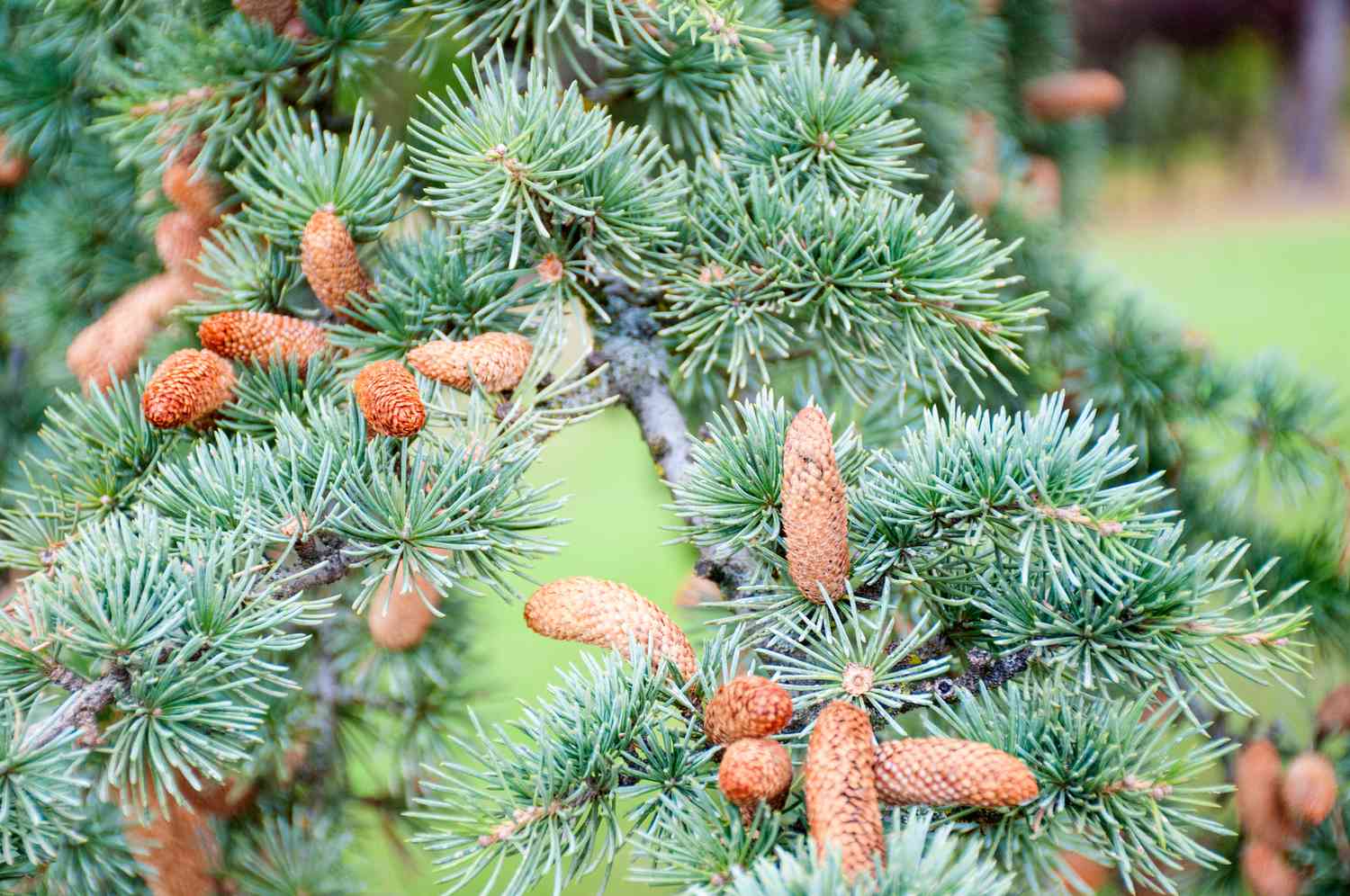Home>Types of Gardening>Ornamental Gardening>What Do Echinacea Seedlings Look Like
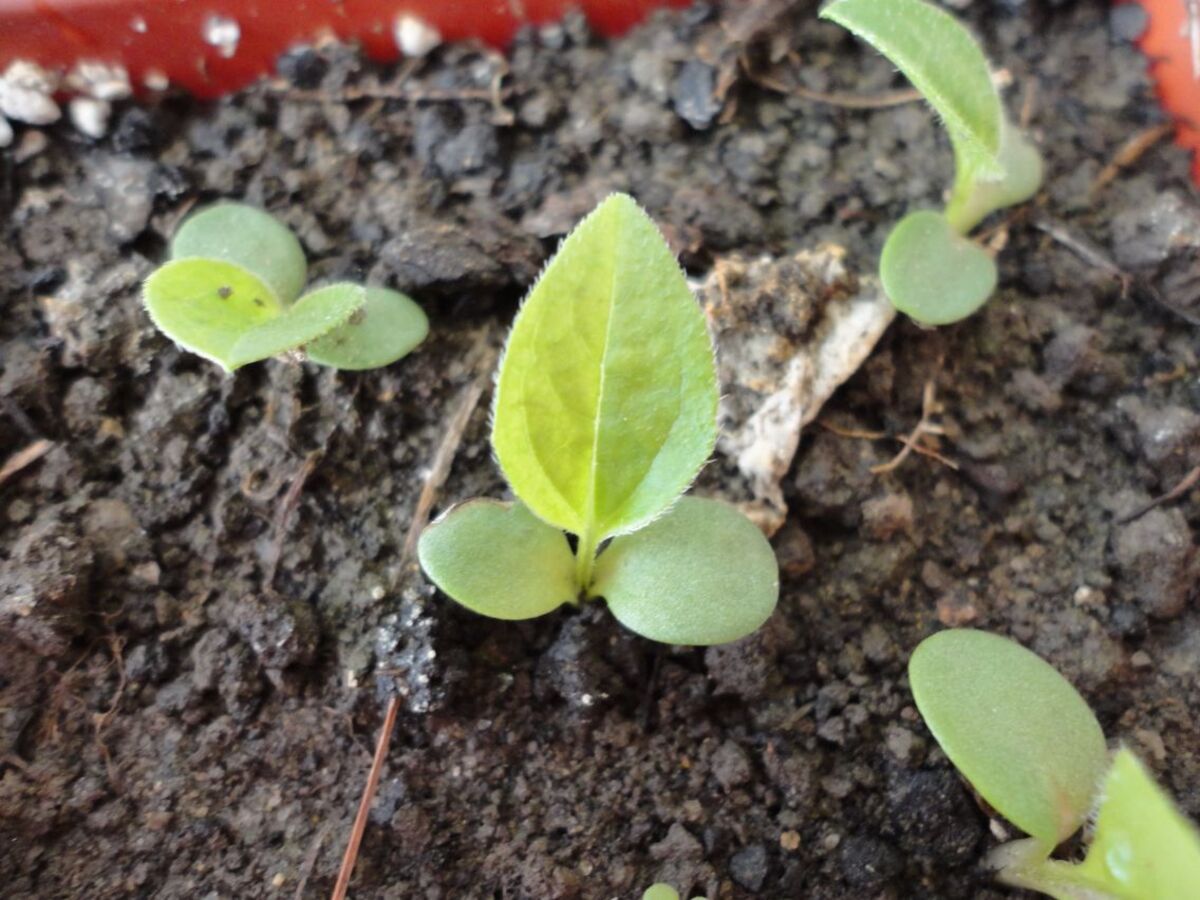

Ornamental Gardening
What Do Echinacea Seedlings Look Like
Published: January 6, 2024
Discover what Echinacea seedlings look like and how to cultivate them in your ornamental garden. Essential tips for successful gardening.
(Many of the links in this article redirect to a specific reviewed product. Your purchase of these products through affiliate links helps to generate commission for Chicagolandgardening.com, at no extra cost. Learn more)
Table of Contents
Introduction
Ornamental gardening is a rewarding and fulfilling hobby that allows individuals to create beautiful and visually appealing outdoor spaces. One popular plant often found in ornamental gardens is Echinacea, also known as coneflower. Echinacea is not only admired for its stunning flowers but also for its medicinal properties. It is believed to boost the immune system and have various other health benefits.
When it comes to growing Echinacea, one crucial aspect is identifying its seedlings. Understanding what Echinacea seedlings look like can help gardeners cultivate these plants more effectively and ensure their proper growth and development. The seedling stage of Echinacea is crucial as it sets the foundation for the plant’s future growth and eventual blossoming.
Identifying Echinacea seedlings can be a bit challenging for novice gardeners, as the young plants may initially resemble other common weeds or even other plant species. However, with a keen eye and knowledge of the plant’s unique characteristics, it becomes easier to distinguish Echinacea seedlings from impostors.
In this article, we will delve into the key characteristics of Echinacea seedlings, including their leaf structure, stem appearance, root development, and flower bud formation. By understanding these features, gardeners can confidently identify Echinacea seedlings and nurture them to maturity, welcoming the vibrant and iconic coneflowers into their gardens.
Importance of Identifying Echinacea Seedlings
Understanding and correctly identifying Echinacea seedlings is essential for successful ornamental gardening. Here are several reasons why it is important:
- Preventing Weed Overgrowth: Echinacea seedlings often resemble common weeds during their early stages of growth. By accurately identifying these seedlings, gardeners can prevent unintended weed overgrowth, ensuring that their desired plants thrive and receive the necessary resources.
- Proper Plant Care: Different plant species have varying requirements for optimal growth and development. By accurately identifying Echinacea seedlings, gardeners can provide specific care tailored to their needs, such as appropriate watering, sunlight exposure, and nutrient supplementation.
- Timely Transplanting: It is crucial to transplant Echinacea seedlings at the right time to ensure their successful establishment in the garden. Identifying the seedlings allows gardeners to determine when they are ready to be transplanted, avoiding any delays or premature transplantation.
- Pest and Disease Management: Echinacea seedlings, like any other plant, are susceptible to pests and diseases. Recognizing the seedlings enables gardeners to monitor them closely and take proactive measures to prevent infestations or address any signs of disease promptly.
- Optimal Spacing: Echinacea plants require adequate space for their root systems to expand and grow healthily. By identifying Echinacea seedlings, gardeners can allocate suitable spacing between individual plants, ensuring optimal air circulation and reducing the risk of overcrowding.
- Anticipation of Blooming Time: Echinacea seedlings eventually blossom into beautiful coneflowers. Identifying the seedlings allows gardeners to anticipate the blooming time, enhancing the overall planning and visual appeal of the garden.
By understanding the importance of identifying Echinacea seedlings, ornamental gardeners can create an environment that promotes the healthy growth and development of these stunning plants. The knowledge gained from accurate identification empowers gardeners to provide the necessary care, prevent weed interference, and cultivate thriving Echinacea plants that add beauty and vibrancy to their gardens.
Characteristics of Echinacea Seedlings
Identifying Echinacea seedlings requires a keen eye for detail and an understanding of their distinguishing characteristics. Here are the key features to look for when identifying Echinacea seedlings:
- Cotyledons: Echinacea seedlings initially develop cotyledons, which are the first two leaves that emerge from the seed. These cotyledons are typically narrow and elongated, with a distinct lance-like shape. They are often lighter in color compared to the true leaves that will appear later.
- True Leaves: As Echinacea seedlings mature, they will produce true leaves. These leaves have a lobed or serrated appearance, adding texture and depth to the plant’s foliage. The true leaves are typically darker in color compared to the cotyledons.
- Hairy Stems: Echinacea seedlings have hairy stems, which can help differentiate them from other plant species. These tiny hairs or trichomes can be found along the stem and leaves of the seedling. The presence of these hairs gives the seedlings a slightly rough texture when touched.
- Single Stem: Echinacea seedlings typically have a single stem that emerges from the soil. This stem will grow upward and become more robust as the seedling matures. It is important to note that Echinacea seedlings can exhibit variations in stem color, ranging from green to reddish-brown.
- Rosette Growth Habit: As Echinacea seedlings continue to develop, they often adopt a rosette growth habit. This means that the leaves grow in a circular or radial pattern around a central point, forming a rosette-like shape close to the ground.
By paying close attention to these characteristics, gardeners can confidently identify Echinacea seedlings and differentiate them from other plants or weeds. Understanding these distinguishing features is crucial for nurturing the seedlings and providing them with the care they require to mature into healthy, thriving Echinacea plants.
Leaf Structure of Echinacea Seedlings
The leaf structure of Echinacea seedlings is unique and can help in accurately identifying these young plants. Here are the key characteristics of the leaf structure of Echinacea seedlings:
Shape: The leaves of Echinacea seedlings are typically lanceolate or ovate in shape. Lanceolate leaves are long and narrow with pointed tips, while ovate leaves are wider near the base and taper to a point. The leaf shape may vary slightly depending on the specific Echinacea species or cultivar.
Arrangement: The leaves of Echinacea seedlings are arranged alternately along the stem. This means that the leaves emerge from the stem one at a time, with each leaf positioned slightly above or below the one before it.
Texture: Echinacea seedlings have leaves with a rough, textured surface. The surface of the leaves is often covered in tiny, short hairs, known as trichomes. These hairs give the leaves a slightly rough and hairy texture when touched.
Color: The color of Echinacea seedling leaves can vary depending on the species and environmental conditions. Typically, the leaves are a vibrant shade of green. However, some Echinacea varieties may exhibit variations in leaf color, such as darker green or even red-tinged leaves.
Veins: When examining the leaves of Echinacea seedlings, you will notice prominent veins running through them. These veins provide structure and support to the leaves and can be observed upon closer inspection.
By carefully observing the leaf structure of Echinacea seedlings, gardeners can confidently identify these young plants and differentiate them from other similar-looking species or weeds. Understanding the unique leaf characteristics of Echinacea seedlings not only helps in correct identification but also assists in providing the necessary care and cultivation practices for their optimal growth and development.
Stem Appearance of Echinacea Seedlings
The stem appearance of Echinacea seedlings provides important clues that can help in accurately identifying these young plants. Here are the key characteristics to look for when examining the stem of Echinacea seedlings:
Single Stem: Echinacea seedlings typically have a single main stem that emerges from the soil. This stem serves as the central axis from which leaves and flowers will grow as the plant develops. The stem is relatively thin and delicate during the seedling stage but becomes sturdier as the plant matures.
Color Variation: The color of the stem can vary slightly depending on the Echinacea species or cultivar. Generally, the stem starts off as a light green color during the early stages of growth. As the seedling matures, the stem may develop a reddish-brown hue, especially closer to the base.
Surface Texture: Upon closer inspection, you will notice that the stem of Echinacea seedlings has a slightly rough surface texture. This roughness is due to the presence of tiny hairs, called trichomes, that cover the stem. The trichomes give the stem a velvety or slightly fuzzy appearance.
Branching: Echinacea seedlings often exhibit limited branching at the early stages of growth. The main stem grows upward and remains relatively straight, with few side branches. As the plant matures, it might produce offshoots from the base or develop more branching closer to the top of the stem.
Height and Length: Echinacea seedlings start off as small, compact plants close to the soil surface. The height of the stem may vary, but it typically ranges between a few inches to a foot, depending on the age of the seedling. As the seedling matures, the stem will continue to elongate, eventually reaching its full height as a mature Echinacea plant.
By observing the stem appearance of Echinacea seedlings, gardeners can confidently differentiate these young plants from other similar-looking species or weeds. Familiarizing yourself with the unique stem characteristics of Echinacea seedlings not only aids in correct identification but also assists in providing appropriate care and cultivation practices to ensure their healthy growth and eventual blossoming.
Root Development in Echinacea Seedlings
The root development of Echinacea seedlings plays a vital role in their overall growth and establishment. Understanding the characteristics of their root system can help gardeners provide appropriate care and ensure optimal development. Here are the key aspects of root development in Echinacea seedlings:
Taproot Formation: Echinacea seedlings develop a primary root, known as a taproot, which grows directly downward into the soil. This taproot serves as the central anchor and provides stability to the plant as it grows. The taproot also helps in absorbing water and nutrients from the soil.
Lateral Roots: As Echinacea seedlings mature, they start developing lateral roots that branch out from the taproot. These lateral roots spread horizontally in the soil, expanding the root system’s reach and capacity to absorb essential nutrients and moisture.
Fibrous Root System: As the lateral roots grow and extend further into the soil, they produce numerous smaller fibrous roots. These fibrous roots form a dense network, providing additional support and increasing the plant’s ability to acquire water and nutrients from a larger area.
White or Cream Color: The roots of Echinacea seedlings typically appear white or cream in color. This pale coloration is a characteristic of healthy and actively growing roots. The color may vary slightly depending on factors such as soil composition and moisture levels.
Delicate Nature: During the seedling stage, Echinacea roots are relatively fragile and delicate. It is crucial to handle seedlings with care to avoid damaging or breaking the roots. Protecting the developing root system promotes successful growth and establishment.
Depth of Root System: Echinacea roots extend deeper into the soil as the plant matures. The depth of the root system depends on various factors, including soil structure and moisture availability. A well-developed root system aids in enhancing the plant’s overall resilience and drought tolerance.
By understanding the root development of Echinacea seedlings, gardeners can ensure appropriate care and cultivation practices. Providing well-drained soil, adequate watering, and a suitable environment for root development will help Echinacea seedlings establish a strong foundation for healthy growth and bloom in the future.
Flower Bud Formation in Echinacea Seedlings
One of the most exciting stages in the growth of Echinacea is the formation of flower buds. Flower bud formation signifies that the plant is maturing and getting ready to showcase its vibrant and iconic coneflowers. Understanding how flower buds develop in Echinacea seedlings can help gardeners anticipate and appreciate the upcoming blossoms. Here are the key aspects of flower bud formation in Echinacea seedlings:
Growth Stage: Flower bud formation typically occurs once Echinacea seedlings have reached a certain level of maturity. It may take several weeks or months of growth before the seedlings develop to this stage. Patience and consistent care are essential during this progression.
Central Stalk: In preparation for the flower buds, Echinacea seedlings produce a central stalk or stem from which the buds will later emerge. This stalk gradually extends upward from the center of the seedling, gradually elongating as the plant matures.
Bud Swelling: As the central stalk continues to grow, small bulges or swellings develop along its length. These swellings represent the developing flower buds. At this stage, the buds are still closed and not yet visible, but the swelling is a promising sign of the impending blossoms.
Color Change: Before the flower buds fully emerge, there may be a noticeable change in color. The buds might transition from green to a lighter shade, closer to the petal color that will eventually appear once the flowers open. This color change serves as an exciting preview of the upcoming blooms.
Petals and Cones: As the flower buds continue to mature, they gradually unfurl, revealing vibrant and colorful petals. Echinacea flowers typically feature a prominent cone-shaped center surrounded by petals in various shades of pink, purple, yellow, or white. The cone serves as a distinctive characteristic of Echinacea blooms.
Blooming Time: The specific timing of flower bud formation and subsequent blooming can vary depending on factors like climate and growing conditions. Generally, Echinacea seedlings will develop flower buds in the late spring or early summer, with blooming occurring shortly after.
Observing the flower bud formation in Echinacea seedlings is an exciting and rewarding experience for gardeners. It signals the imminent arrival of the plant’s beautiful coneflowers and serves as a testament to the care and effort invested in nurturing the seedlings. By recognizing the stages of flower bud development, gardeners can appreciate the transformation and eagerly anticipate the stunning blooms that will grace their gardens.
Conclusion
Identifying Echinacea seedlings is a crucial skill for ornamental gardeners looking to cultivate these beautiful plants in their gardens. Understanding the characteristics of Echinacea seedlings, such as their leaf structure, stem appearance, root development, and flower bud formation, allows gardeners to provide the appropriate care and create an optimal environment for their growth and eventual blossoming.
Accurate identification of Echinacea seedlings helps prevent weed overgrowth, ensures proper plant care, and enables timely transplanting. It also facilitates effective pest and disease management, optimal spacing, and anticipation of blooming time.
By paying attention to the unique leaf shape, stem color and texture, root development, and the formation of flower buds, gardeners can confidently differentiate Echinacea seedlings from other plant species or weeds. This knowledge empowers them to nurture and cultivate these beautiful plants, creating stunning displays in their ornamental gardens.
So, the next time you come across young plants in your garden resembling Echinacea seedlings, take a closer look. Observe their leaf structure, stem appearance, root development, and keep an eye out for the exciting formation of flower buds. By understanding these key characteristics and providing the necessary care, you can watch as these seedlings transform into vibrant coneflowers, adding beauty, color, and charm to your garden.

